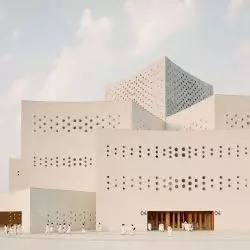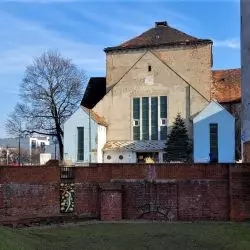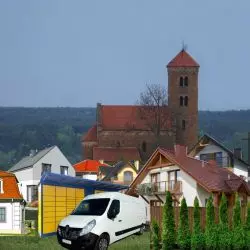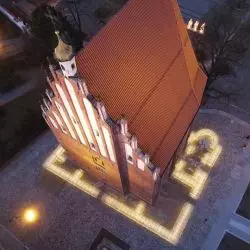Sacral architecture
This section of our A&B portal is devoted to artistically endowed contemporary architectural projects with religious purposes - chapels, churches and temples and necropolises.
what is sacred architecture
It is chapels, temples, necropolises, mausoleums and columbaria, as well as monasteries, seminaries and alumni. Sometimes lapidaries are also included in this group. Depending on the latitude and variety of religious worship, they differ in style and aesthetics, but serve identical functions - they serve to practice faith in a deity or deities (through prayer and adoration), to cultivate the traditions of a particular religion, and to bury and commemorate with respect and reverence the dead.
genesis of sacred architecture
Sacred architecture has accompanied mankind almost since the dawn of time. As soon as the protoplastic forms of social organization began to develop, along with them the first rituals related to belief in transcendence were born, and thus already tribal communities were practicing religious cults. The progressive complication of rituals was accompanied by the expansion of the material layer of faith - altars, totems and statues, chapels and churches were erected, as well as burial sites. At the same time, there was a flourishing of sacred art - the production of masks and handicrafts with devotional status, votive painting, sepulchral architecture, and the writing of icons developed.
Sepulchral architecture of monotheistic religions
For centuries, especially in the European area, sacred construction - next to palace and fortification - was the main field of architectural development. This state of affairs was due to the fact that at the referenced time the disposers of capital remained the aristocracy and the clergy, and therefore - as privileged strata - only they could afford to hire architects and finance the construction of monumental buildings. However, due to the level of sophistication of the technology of the time, it was common for one project to take generations to complete. From this period come numerous churches funded by rulers.
Sacral architecture of polytheistic religions
This category includes, for example, ancient Greek, Roman and Egyptian temples or modern Japanese shintō places of worship or the local memorial gardens, or ecological cemeteries.
Erotic motifs in sacred architecture
Not only the temple in Kadjuraho abounds in erotic motifs, although she is usually the first to come to mind when mentioning them. Meanwhile, details with sexual overtones adorn many medieval churches, most often taking the form of frivolous rafters, capitals or bas-reliefs on the roof beams.
contemporary sacred architecture
Modern churches are increasingly avoiding literalism and attracting the eye with interesting yet minimalist massing. At the other extreme are objects abounding in folklore and finishing horror vacui designed to tame death with comedy: for example, the numerous Santa Muerte chapels in Mexico or the Merry Cemetery of Sapanata in Romania. Among the tombstones that excel in craftsmanship and rich symbolism, matzevot lead the way.









































